The Canon EF 35mm f/1.4L II USM was announced on August 27, 2015, as the successor to the highly regarded EF 35mm f/1.4L USM, which was introduced in 1998. The new version came with significant improvements in optical design and image quality over its predecessor. Here are the specifications:
- Focus Type: Autofocus with full-time manual focus
- Motor Type: Ring-type Ultrasonic Motor (USM)
- Minimum Focusing Distance: 0.28m (11.02 inches)
- Maximum Magnification: 0.21x
- Aperture Blades: 9, rounded diaphragm
- Filter Size: 72mm
- Dimensions (Diameter x Length): 80.4mm x 105.5mm (3.17 inches x 4.15 inches)
- Weight: 760g (1.67 lbs)
- Build: Dust and water-resistant construction
These specifications highlight the lens’s strong optical performance, robust construction, and suitability for professional use in a wide range of photographic situations.
Additionally, the lens featured the following design innovations:
- Blue Spectrum Refractive Optics: This technology uses a special organic optical material that refracts blue light to reduce chromatic aberration, resulting in sharper and clearer images.
- Advanced Optical Design: The lens has 14 elements in 11 groups, including two aspherical elements and one UD (Ultra-low Dispersion) element, which help to minimize distortions and improve image quality.
- Ring-type Ultrasonic Motor (USM): The lens is equipped with a fast and silent autofocus system, thanks to the ring-type USM, which is ideal for both still photography and video recording.
- Subwavelength Coating (SWC) and Air Sphere Coating (ASC): These coatings reduce ghosting and flare, ensuring high contrast and clarity in various lighting conditions.
For years even after Canon rolled out the new RF mirrorless platform, the EF 35mm F1.4 II has remained the best 35mm prime Canon had to offer. And it still may be. Consider that when the EF 35 F1.4 II debuted in 2015 it did so at a retail price of $1799.00. Nearly 10 years later, the new RF 35mm F1.4 VCM has recently debuted with a retail price of just $1499.00. Reviews of the new lens are just starting to be published but it seems clear that that this hybrid lens was not designed to challenge the photographic excellence which is the legendary EF 35mm F1.4 II.
SIZE AND WEIGHT
I’d call this lens a medium sized lens. It’s really not all that large and heavy but of course I have to use the fantastic Canon EF to RF adapter with the lens which does add some size and weight. Still, if I need to, I can carry and use this lens all day without any problem whatsoever. For the image quality this lens provides, I expect some corresponding size and weight.
like most lenses manufactured in the modern era, this one has a lot of plastic polymers in its construction. Very practical and robust, but it certainly won’t win any beauty contests.
USABILITY
Unlike some of the other lenses which are on my short list, this lens is an auto focus lens. For my purposes, it’s not a huge advantage, and does make it more expensive than some competitors I’m testing. I’m not going to be using this lens for fast action. I’m going to be using it slow, purposeful photography like (parked) automotive photography, product photography, portrait photography, and landscape photography. What is an advantage is that as a native EF mount lens, when used in conjunction with an EF to RF adapter, the lens can electronically pass critical metadata to the camera. It also means that along with “focus peeking” the lens/camera combination will support Canon’s excellent manual focus assist. So it essentially works just as well as a native RF lens on a Canon R mirrorless camera.
The only slight negative here is the focus ring which is located on the front end of the lens. It’s not a huge deal, of course, but it’s not where my hand naturally goes when I need to focus.
SAMPLE IMAGES
Below are some example images that I took using the EF 35mm F1.4 II on my Canon R5. Except where otherwise noted, the images were shot in camera RAW and shown with no edits or lens corrections applied:
Downtown Miamisburg, Ohio has some beautifully painted murals on its buildings. This one is my favorite:
This photo illustrates many characteristics of this lens. In the sky you’re seeing some vignetting, though it’s reasonably well controlled. I happen to like the character it brings to a photo, but a lens correction checkmark in Lightroom eliminates it entirely if you’re not a fan. The color rendering is outstanding – bold and beautiful. Detail and sharpness are excellent – if you zoom in you can see the brick detail. I’ve shot this building from this position and perspective several times in camera reviews, but this one may be the best I’ve ever seen.
Here’s another building mural in downtown Miamisburg at the local gym. Another outstanding rendering with some slight vignetting evident in the sky and corners
This young couple just happened to be sitting on a bench when I came by and consented to have their portrait taken. I did apply some color edits to this photo. I think it’s outstanding. The skin detail isn’t harsh – it has a bit of the vintage lens quality I’m looking for in my ideal 35mm lens.
Creamy background blur with nice round “bokeh balls is extremely important to me, and this lens does not disappoint in this regard:
I use a 35mm prime for both EDC/watch photography and automotive photography so here’s a few samples of each:
This is a simple car interior shot, but I really like it, and it well shows off what this lens can do. Even wide open, the center of the steering wheel is nice and sharp, and the blur of the controls behind the steering wheel is fantastic. The car as actually in a shaded area, but the area in the background isn’t completely blown which is impressive.
In this photo, we see the lens does exhibit some vignetting at wider apertures. Of the problems a lens can have, vignetting is not a huge concern for me – here’s the same image with the “Enable Profile Corrections” box checked in Lightroom:
With a cleaner, less muddy view of the background we can better see the gorgeous focus falloff of this lens.
Here’s a nice little EDC type photo which shows the near macro capabilities of this lens. The watch dial is super sharp, with beautiful focus fade and background blur.
COST
Canon L series glass tends to hold its value very well – that combined with the legendary reputation of this lens means that its secondary market value is relatively high. Expect to pay at least $1000 for an example in excellent condition, as of this writing. They are more commonly found listed for $1000-$1300.00. The lack of a superior option in the RF mount has kept the secondary market price relatively high on this lens. And until Canon decides to grace us with a photography centric, wide 35mm prime, the EF 35mm F1.4 II is likely to remain in high demand
CONCLUSION
This lens absolutely lives up to the reputation that it has earned over the past roughly 10 years since it was introduced. I was quite honestly shocked at how well this 10 year old lens design performed. I can name several examples of Canon RF lens replacements for EF predecessors which are clearly stronger performers that the EF lens being replaced. The RF 24-70 F2.8, the RF 70-200 F2.8, the RF 85mm F1.2. There are others. But the EF 35mm F1.4 II thus far does not have an RF challenger. If you have the need for a hybrid video lens, Canon’s new RF 35mm F1.4 VCM Will certainly be the best option. But from what I have seen in early reviews, the bokeh rendering is not as pleasing as the EF 35mm F1.4 II.
The EF 35mm F1.4 II was produced by Canon, in part, in response to the Sigma 35mm F1.4 Art lens, which performed quite favorably when compared to the first version Canon EF 35mm F1.4. I’ve had the Sigma lens for several years and have never been quite satisfied with certain aspects of the lens, which is the driver behind my auditioning potential replacements. To my eye, the Canon lens is the better performer – it doesn’t blow highlights the way the Sigma does, and has more pleasing bokeh rendering. Not entirely unexpected given the cost delta between the two lenses. Whether it be at the retail level or the secondary market, the Sigma can be found for less than half the price of the Canon. So is the Canon EF 35mm F1.4 II my choice to replace my Sigma? Maybe. Definitely maybe. But first, I need to put the Zeiss 35mm F1.4 Distagon to the test. Then, I’ll do a head to head comparison between these two legends and make my choice. Stay tuned.

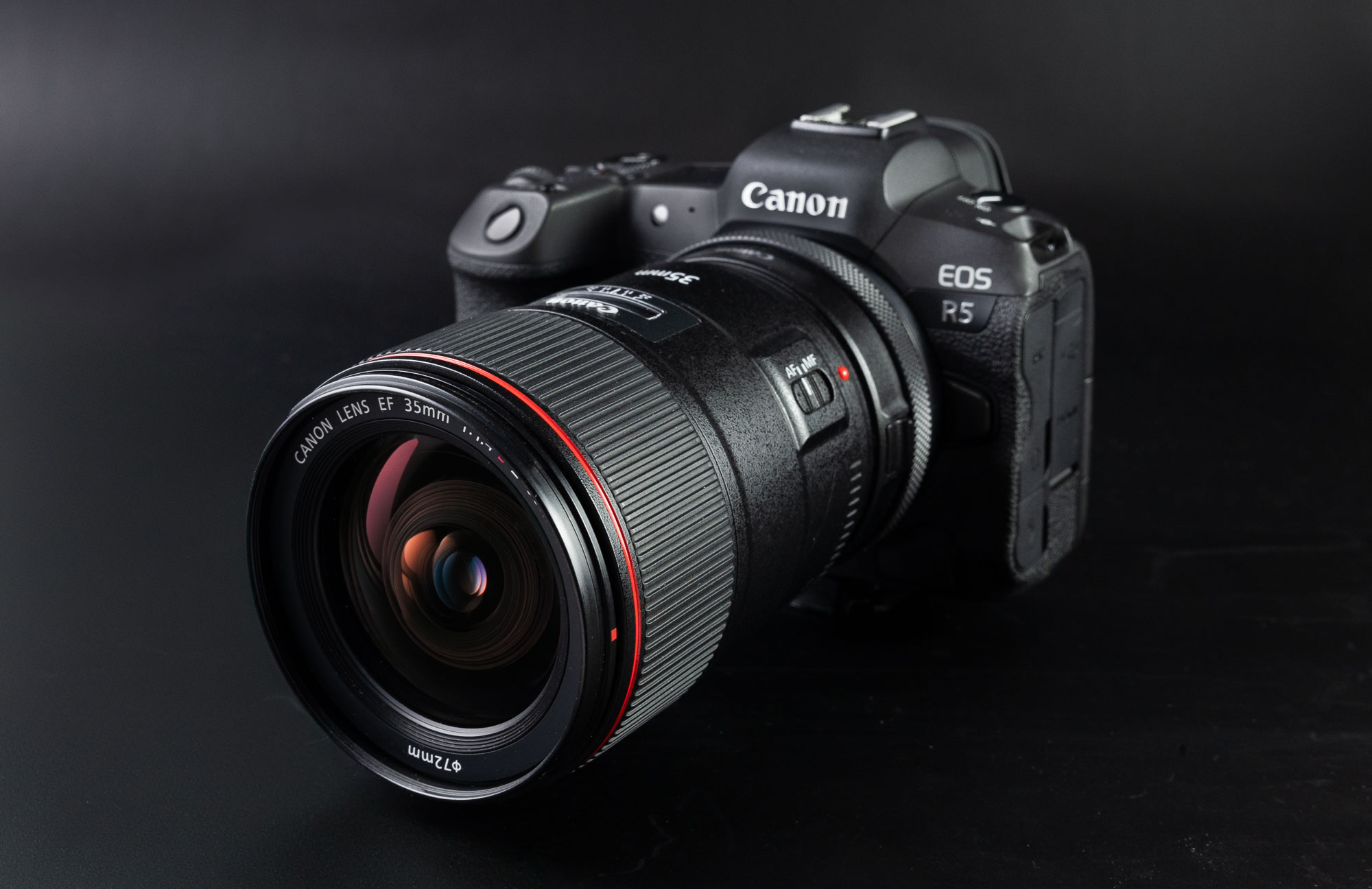
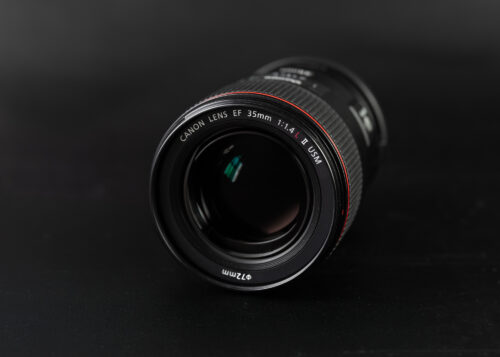




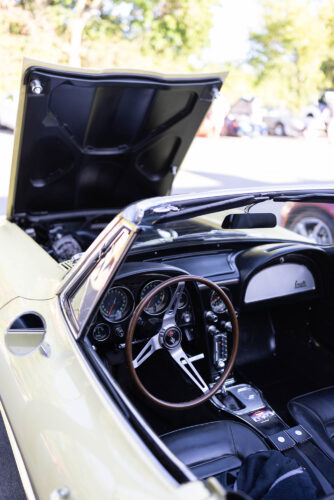
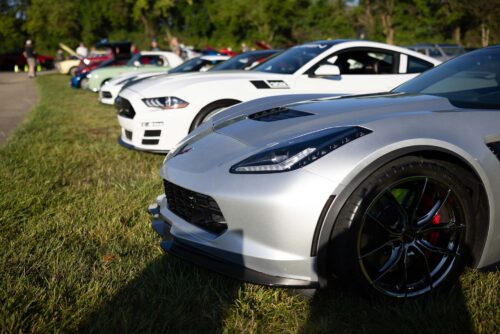
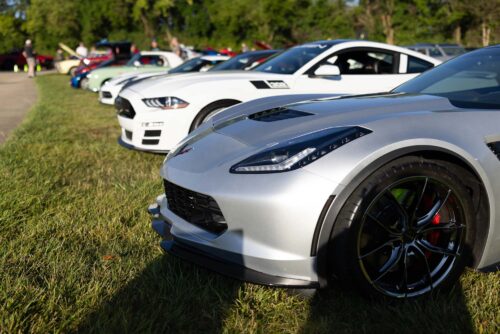
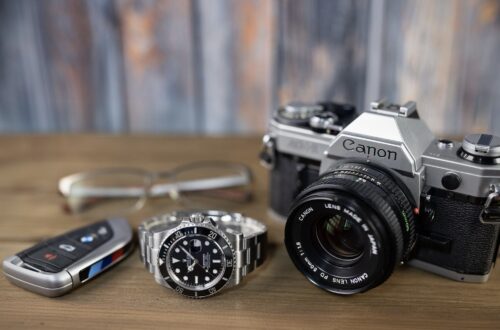
0 Comments